What Should I Do If I Notice Fogging or Distortion in My Windshield?
Highlights:
- Fogging or distortion in a windshield may signal internal damage or compromised lamination.
- Moisture buildup between glass layers can reduce visibility and safety.
- Temperature changes and improper installations often worsen optical distortion.
- Timely inspection by certified auto glass professionals prevents larger repairs.
- 877 Glas Guy offers expert windshield evaluation and replacement services in Castle Rock, WA.
Understanding Windshield Fogging and Distortion
Noticing fogging or distortion in your windshield may seem like a small inconvenience, but it often points to deeper issues. Fogging occurs when moisture or air infiltrates between the layers of laminated glass, reducing clarity and visibility. Distortion, on the other hand, can alter how light passes through the glass, making objects appear wavy or bent. According to the National Highway Traffic Safety Administration (NHTSA), visibility issues caused by windshield damage contribute to thousands of weather-related crashes each year, especially in regions with frequent rain and glare. In places like Castle Rock, WA, where changing weather and moisture are common, maintaining a clear, distortion-free windshield is essential for both safety and driving confidence.
Common Causes of Windshield Fogging
Fogging is typically caused by a compromised seal around the windshield or a failure within the glass lamination. Over time, extreme temperature fluctuations can cause the adhesive between the layers to weaken, allowing moisture to enter. Vehicles exposed to high humidity or consistent rainfall, such as those in Castle Rock, WA, are particularly vulnerable. This trapped moisture doesn’t just affect visibility—it can accelerate corrosion and lead to delamination. Early inspection can prevent permanent damage, saving you from a full replacement. Regular maintenance ensures that minor seal issues don’t evolve into major safety risks.
Identifying Optical Distortion Issues
Optical distortion can appear as wavy lines, bending images, or inconsistent reflections when viewed through certain parts of the windshield. These distortions often originate from manufacturing defects, incorrect installation angles, or structural stress on the glass. Poor-quality aftermarket windshields can also be a culprit. According to PubMed, variations in windshield shape (such as tilted versus vertical pillar alignment) lengthened driver reaction times and increased cognitive load when targets appeared near the edges of the windshield. By extension, any distortion or irregular glass curvature can distract or delay a driver’s visual response.
faq
Can I still drive if my windshield is slightly foggy?
It’s best not to ignore fogging. Reduced visibility can compromise your reaction time, especially during night driving or rain. A professional inspection can confirm whether the issue is surface-level or internal.
How can I tell if distortion is caused by installation or damage?
If distortion appears right after a replacement, installation or glass quality is likely to blame. If it develops gradually, structural stress or delamination may be the cause.
Will defoggers or cleaning products fix internal fogging?
No. Defoggers only address surface condensation, not internal moisture. Professional resealing or windshield replacement is typically required.
How Temperature and Climate Impact Clarity
Temperature changes can cause expansion and contraction in glass, which may worsen existing imperfections. In regions with cooler, damp weather — like Castle Rock, WA — condensation forms easily, making fogging more noticeable. Rapid heating from defrosters can create stress points, especially on older or damaged windshields. Over time, this cycle leads to delamination, where air gaps expand between glass layers. According to Glass on Web, artificial aging through combined temperature and humidity cycling significantly reduced interlayer adhesion and accelerated delamination phenomena in laminated glass units.
DIY Attempts vs. Professional Repair
While it may be tempting to apply DIY sealants or heating techniques, these methods often provide only temporary relief. Improper use of sealants can trap moisture or damage the lamination. Professional technicians use diagnostic tools to pinpoint where fogging originates and whether replacement is the safest solution. Experts like 877 Glas Guy in Castle Rock, WA, employ OEM-grade adhesives and precision installation to restore optical clarity and safety. Entrusting your windshield to professionals not only ensures compliance with safety standards but also helps maintain your vehicle’s resale value and integrity.
Preventing Future Fogging or Distortion
Prevention starts with high-quality materials and proper care. Always choose OEM or certified equivalent glass that meets federal safety standards. Keep vehicle seals clean and inspect them for cracks or wear. Park in shaded or enclosed areas when possible to minimize temperature stress. Avoid slamming doors excessively, as the resulting vibrations can weaken seals over time. Regular maintenance checks, especially before seasonal changes, can detect potential issues early. Investing in proactive care reduces long-term costs and prevents sudden visibility issues that could endanger you or your passengers.
faq
How often should I have my windshield inspected?
Ideally, have your windshield checked at least once a year or after any impact event. Inspections help identify seal deterioration or lamination issues early.
Does insurance cover fogging or distortion repairs?
Most insurance policies cover replacement if fogging or distortion compromises safety. Check your comprehensive coverage for glass-specific terms.
Can tinted or heated windshields develop fogging faster?
Not necessarily, but added layers or heating elements can make repairs more complex. Always use a shop experienced with advanced glass systems.
Why Timely Action Matters
Ignoring fogging or distortion can lead to serious consequences. Reduced visibility affects both your safety and the performance of your vehicle’s ADAS systems. As delamination progresses, structural integrity decreases, making the glass more vulnerable to cracks or shattering under impact. Moreover, if water seeps into the car’s electrical system through compromised seals, costly repairs may follow. Addressing these issues early keeps your vehicle compliant with safety standards and prevents unexpected breakdowns. Prompt professional assessment also ensures your windshield remains a protective barrier rather than a hazard.
Professional Windshield Evaluation and Replacement
When fogging or distortion is beyond repair, replacement becomes the safest option. Professional auto glass specialists inspect the curvature, lamination, and clarity of the windshield to determine the best course of action. They use manufacturer-approved adhesives and recalibrate ADAS sensors post-installation to guarantee accuracy. 877 Glas Guy in Castle Rock, WA, provides detailed diagnostics, precision fitting, and quick service to restore both safety and visibility. Whether you drive a compact commuter car or an SUV, trusting experts ensures lasting performance and compliance with federal safety standards.
Long-Term Maintenance for Clear Vision
To maintain optimal clarity, clean your windshield regularly using non-ammonia cleaners and microfiber cloths to prevent scratches. Replace wipers at least twice a year to avoid streaking and uneven pressure that can distort vision. Avoid harsh temperature shocks, such as pouring hot water on frosted glass. When parking for extended periods, use a windshield sunshade to protect seals from UV degradation. Periodic professional assessments provide peace of mind that your windshield is structurally sound. In Castle Rock, WA, relying on certified technicians like 877 Glas Guy keeps your windshield crystal clear for years to come. A well-maintained windshield doesn’t just improve aesthetics—it enhances every drive by maintaining comfort, clarity, and safety in all weather conditions.
faq
How do I know if I need a full windshield replacement?
If fogging or distortion stems from internal delamination or structural damage, replacement is usually required. Minor surface issues may be repairable.
What’s the difference between OEM and aftermarket windshields?
OEM windshields match original factory specifications, ensuring proper fit and optical clarity. Aftermarket glass may not meet the same safety or curvature standards.
Can weatherproof coatings help prevent fogging?
Yes. Hydrophobic coatings improve water runoff and reduce condensation, but they cannot fix internal fogging. They’re best used as part of preventive maintenance.
Choosing certified technicians for windshield repair or replacement is more than just a convenience—it’s a safety investment. Certified specialists follow manufacturer specifications to maintain your vehicle’s crash integrity and sensor accuracy. With newer vehicles relying heavily on ADAS technologies, even slight misalignment during glass installation can affect lane-departure alerts, adaptive cruise control, and automatic braking functions. Partnering with trusted professionals like 877 Glas Guy in Castle Rock, WA, guarantees precision workmanship backed by industry-approved standards. This commitment to quality ensures that your windshield performs as intended, providing the visibility, strength, and peace of mind every driver deserves.

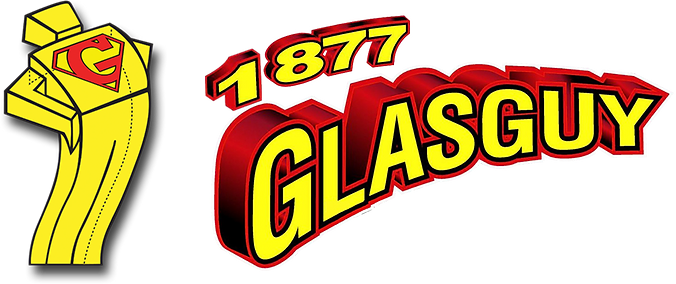
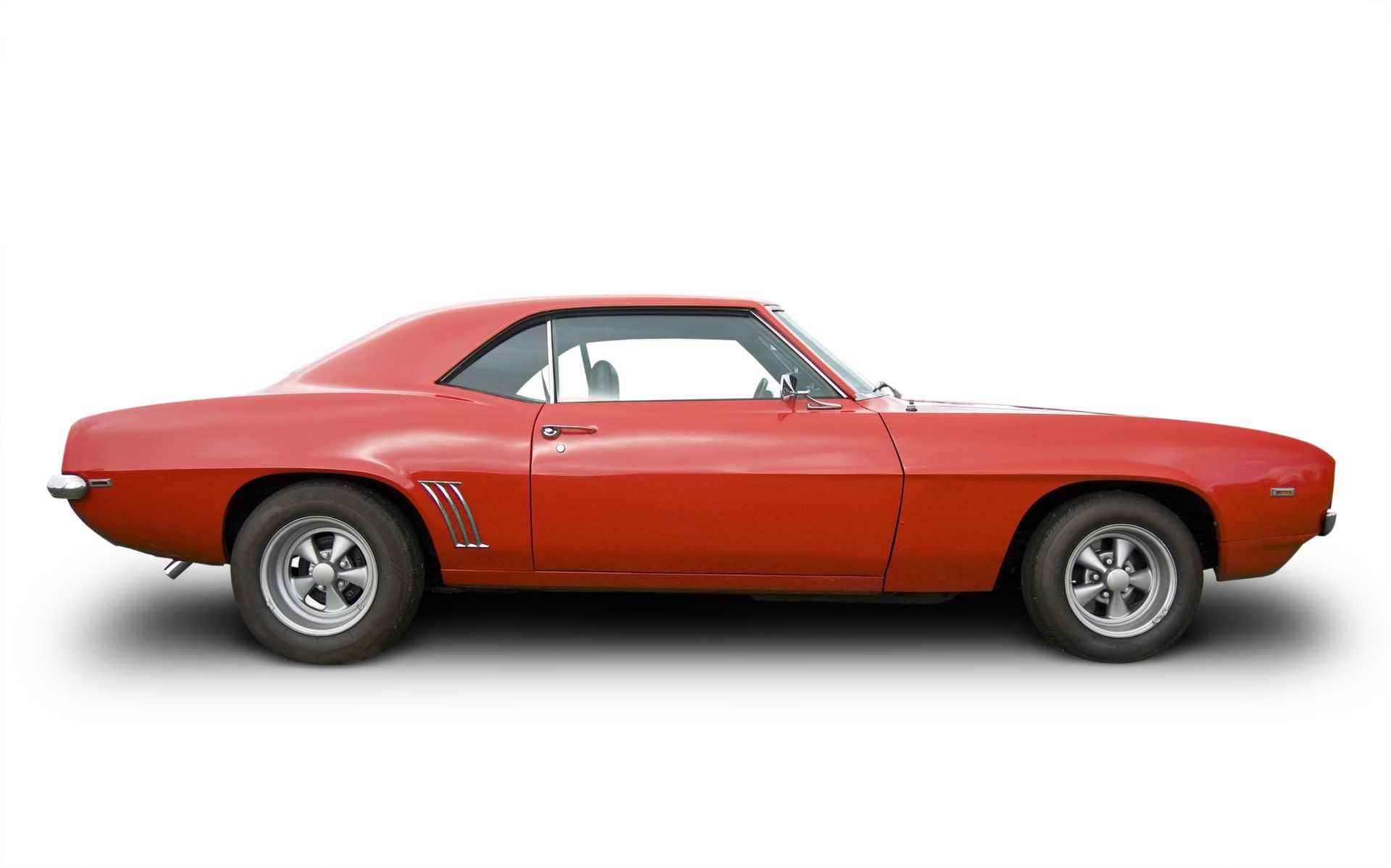
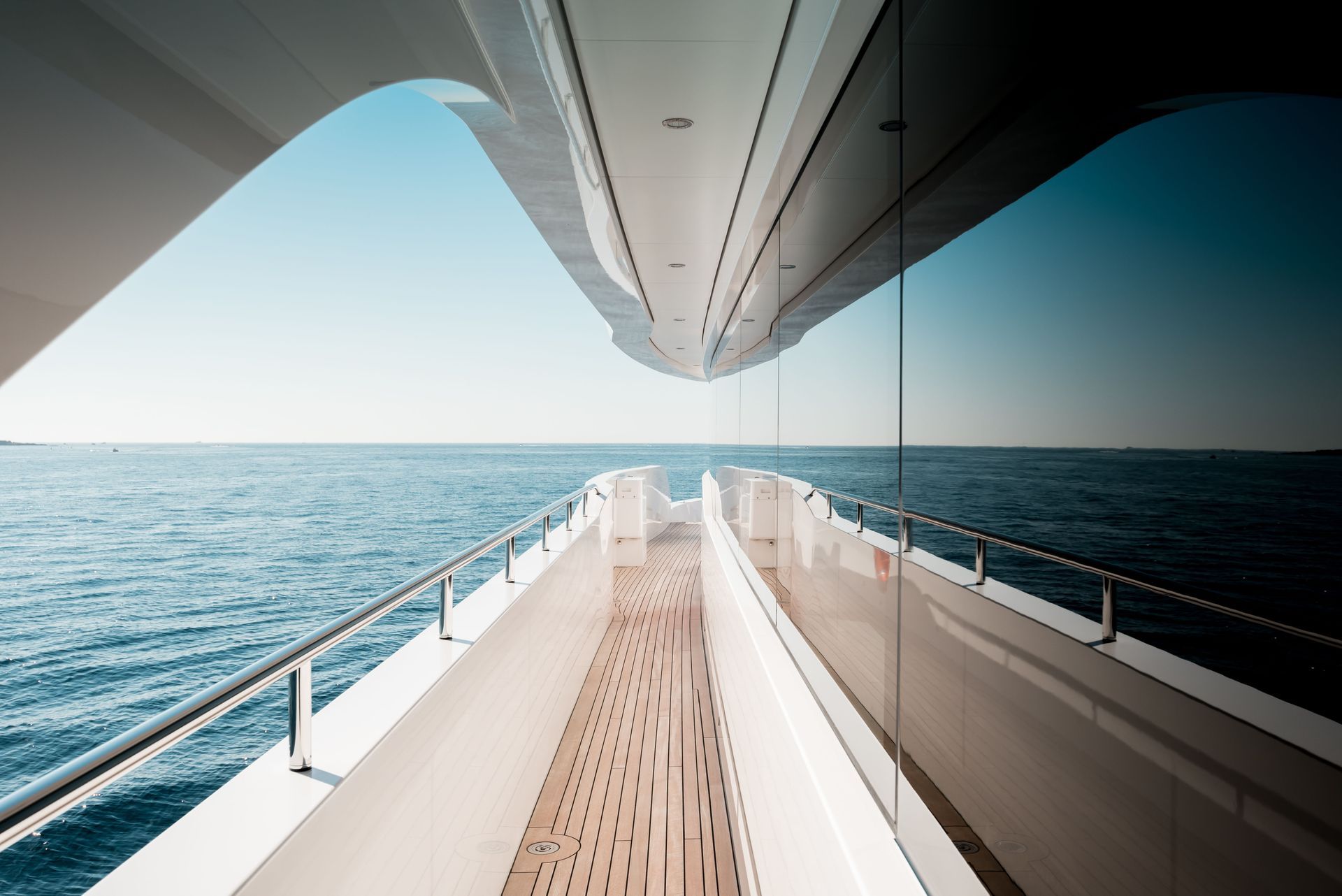
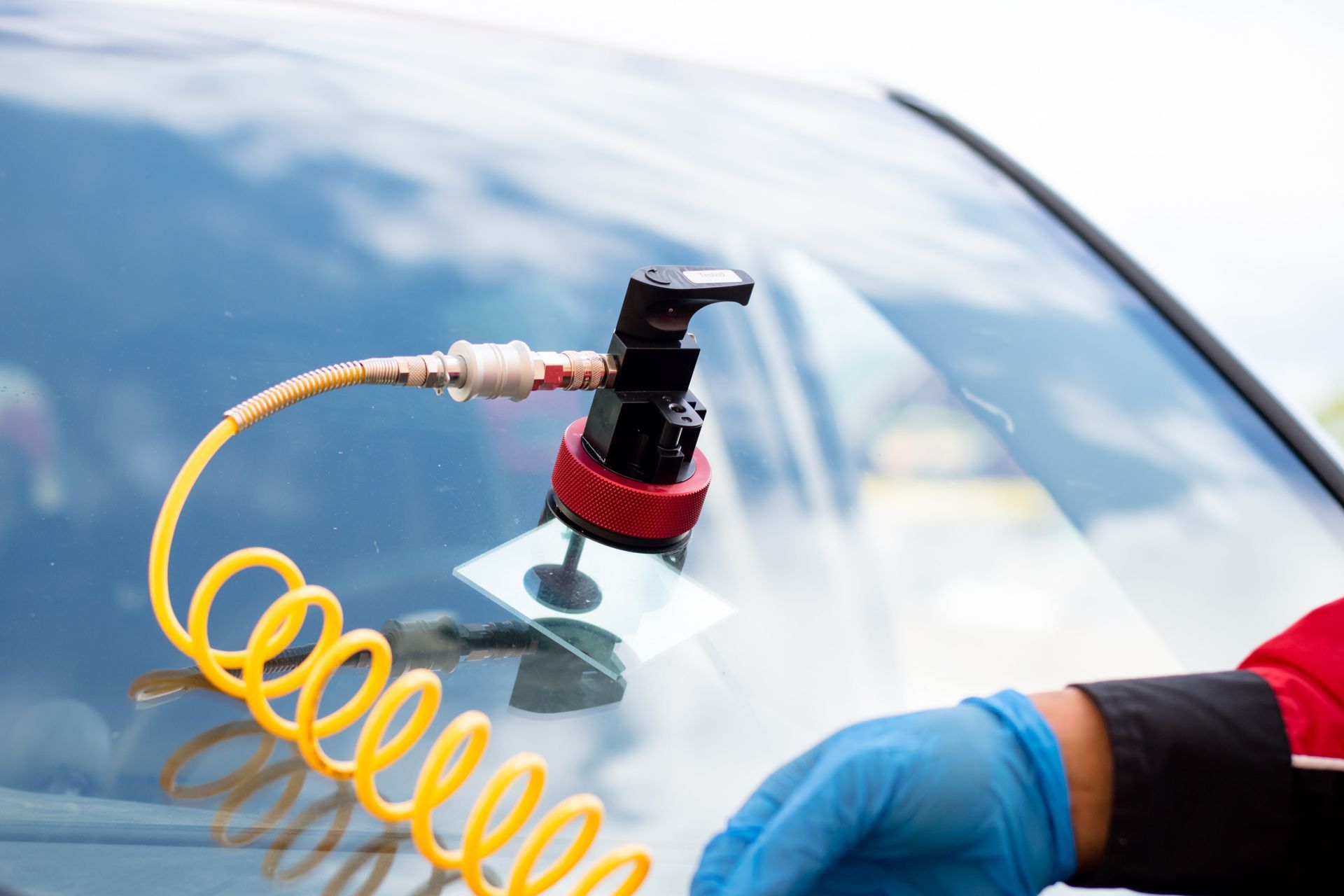
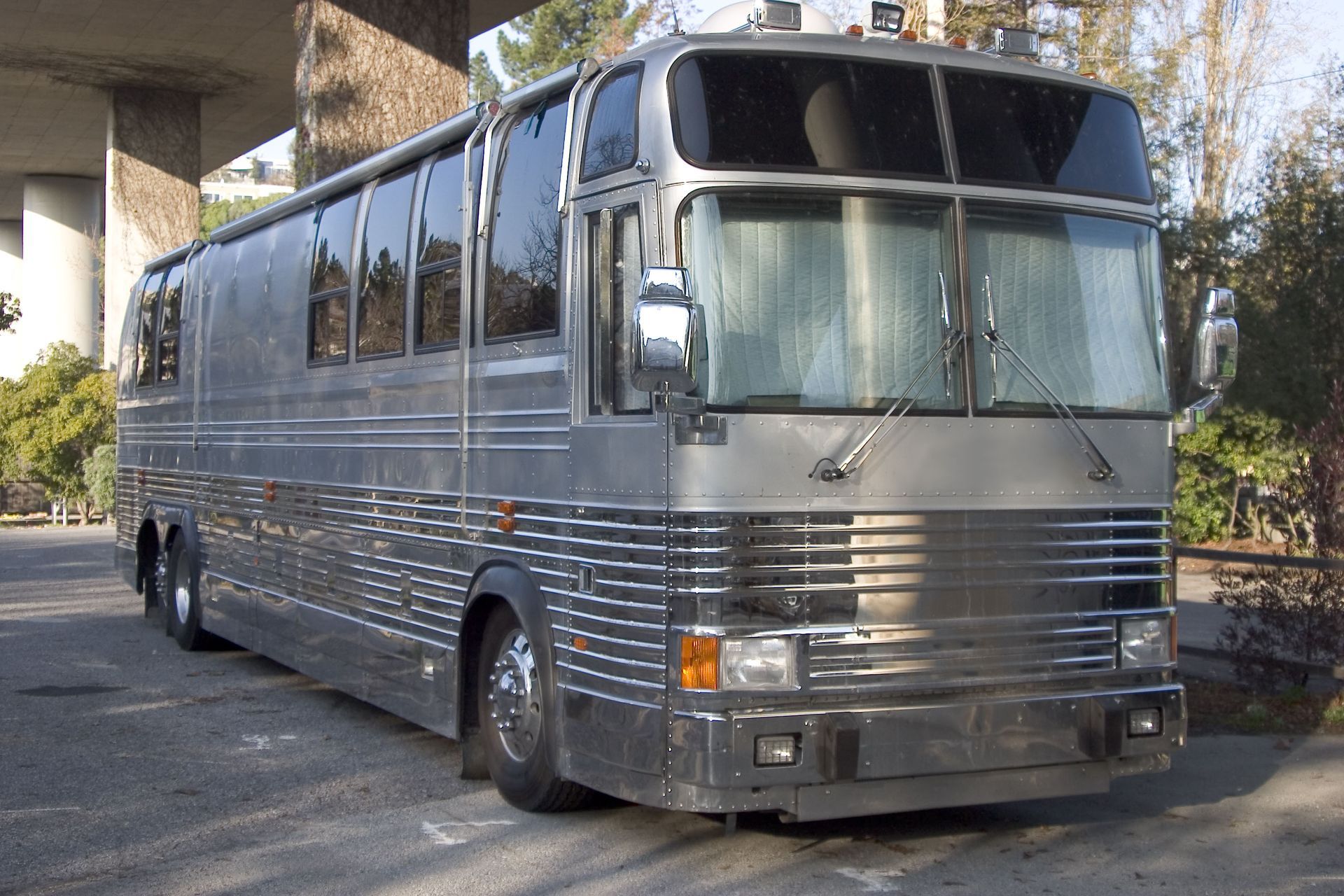
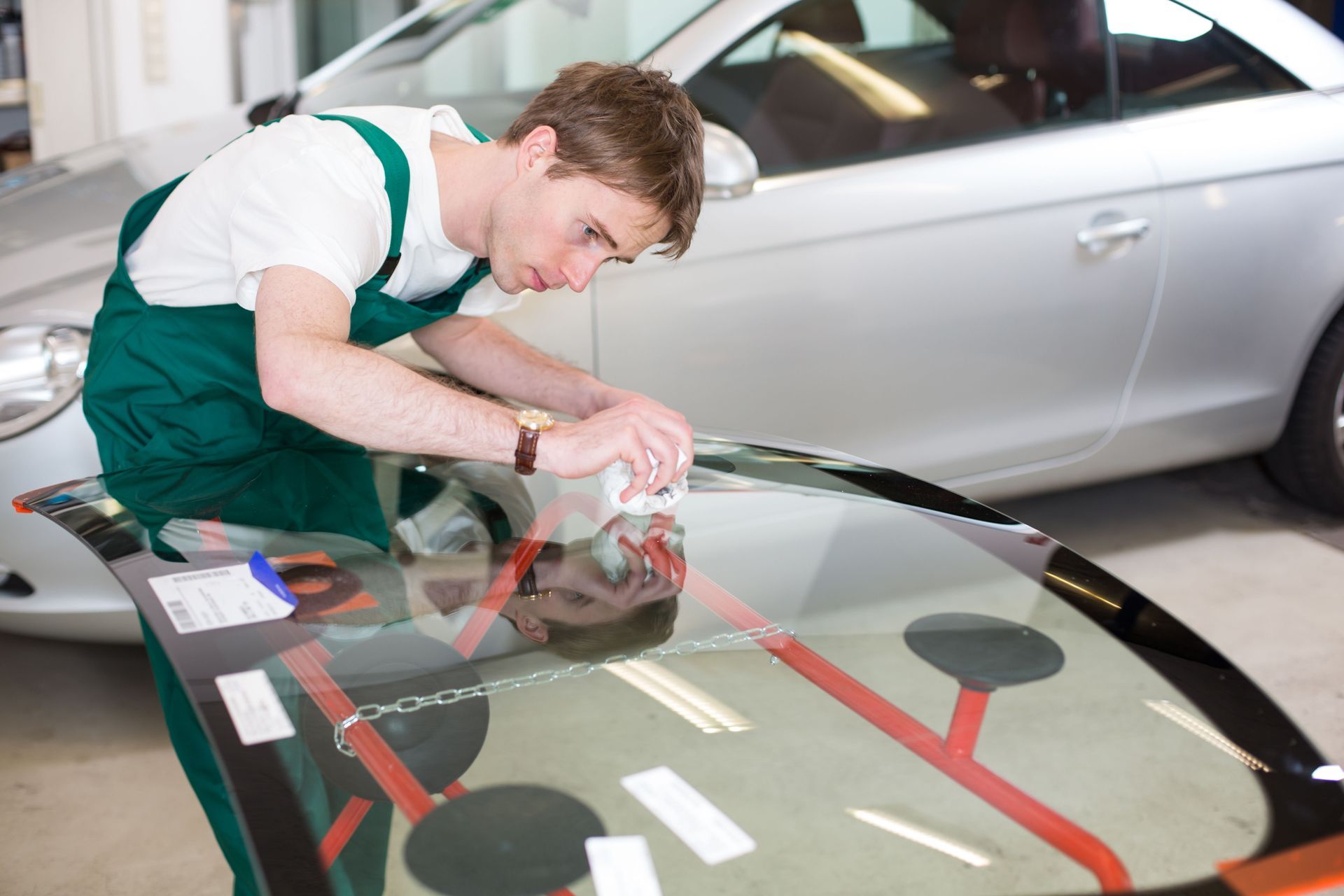
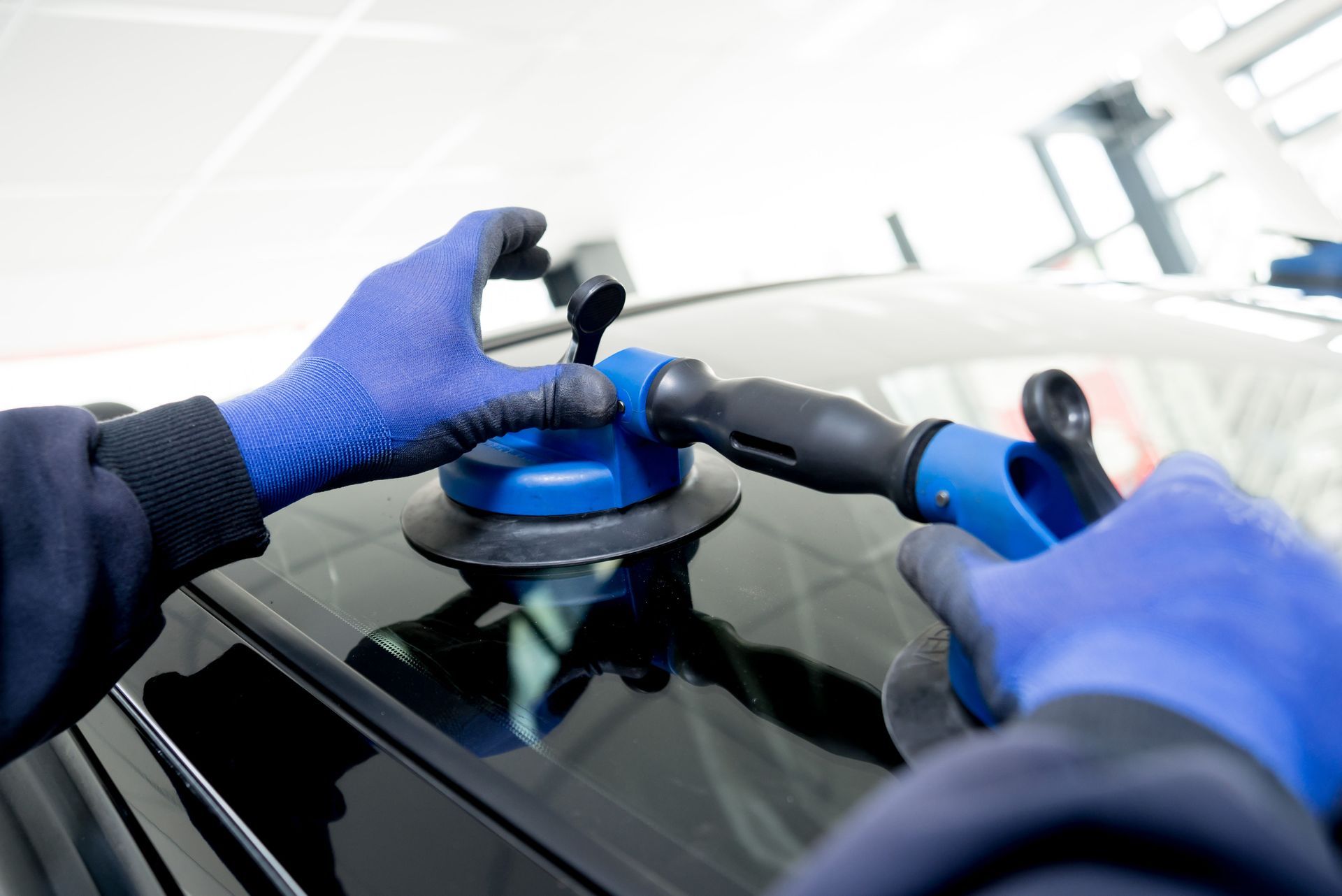
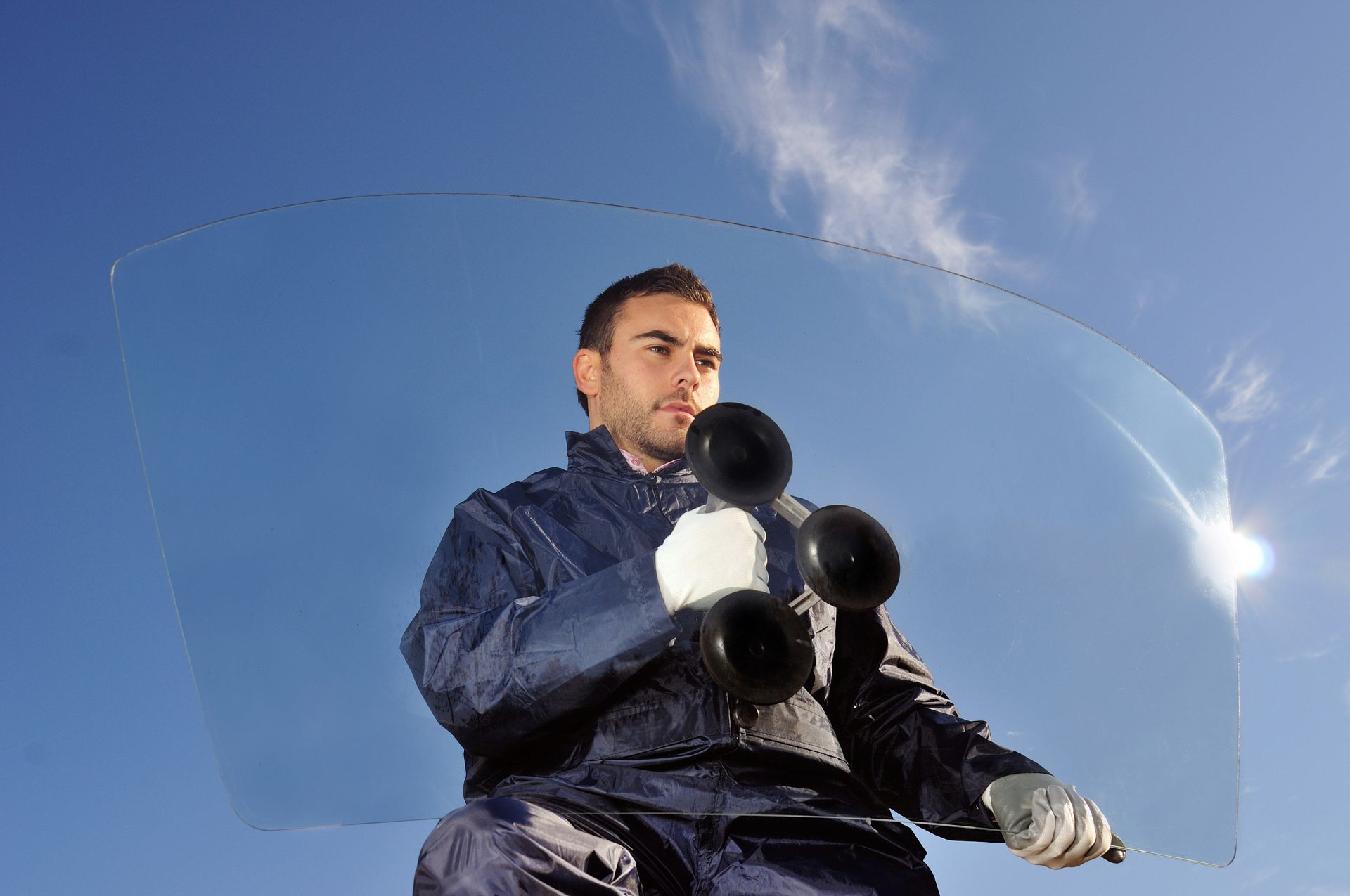


Share On: